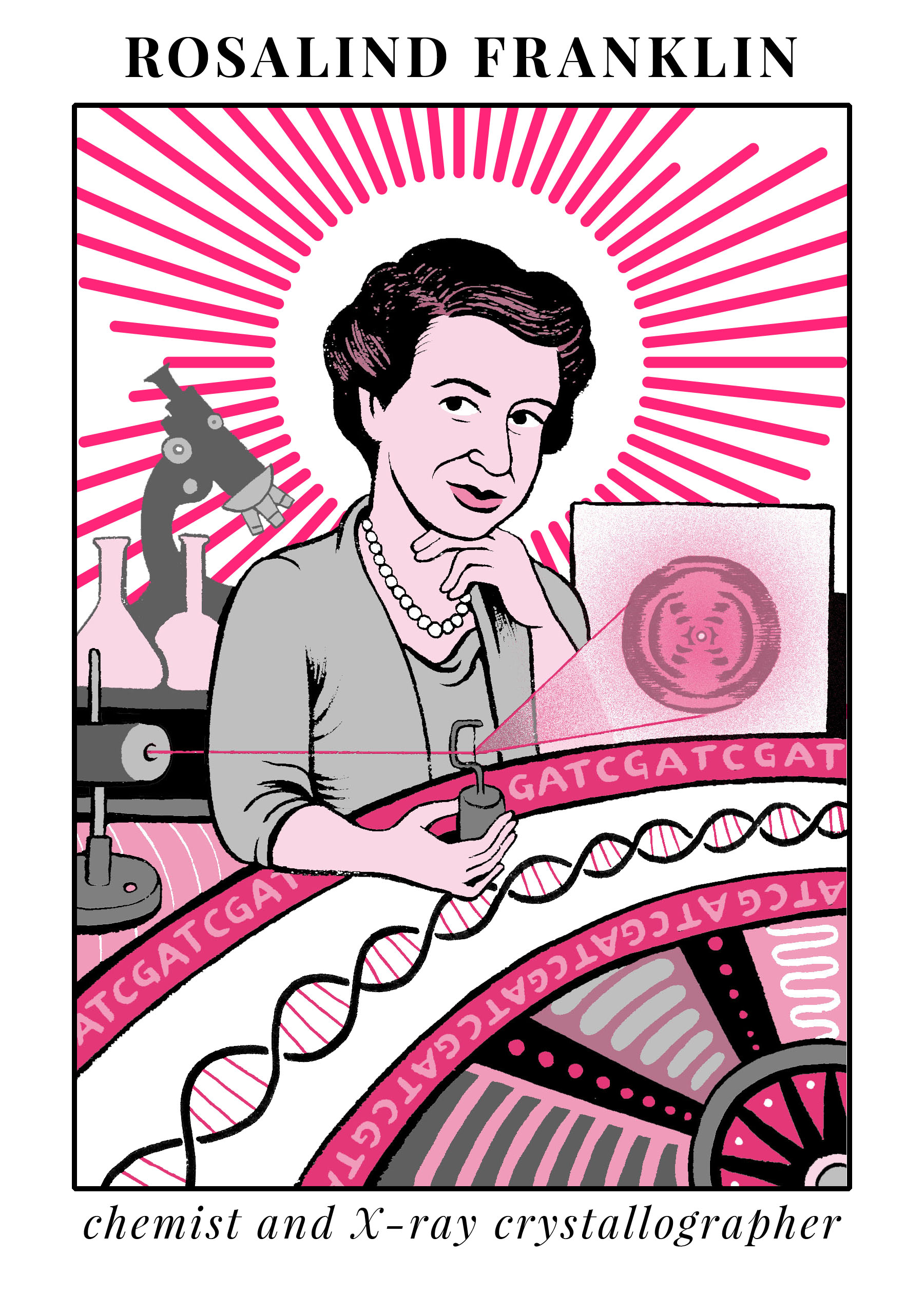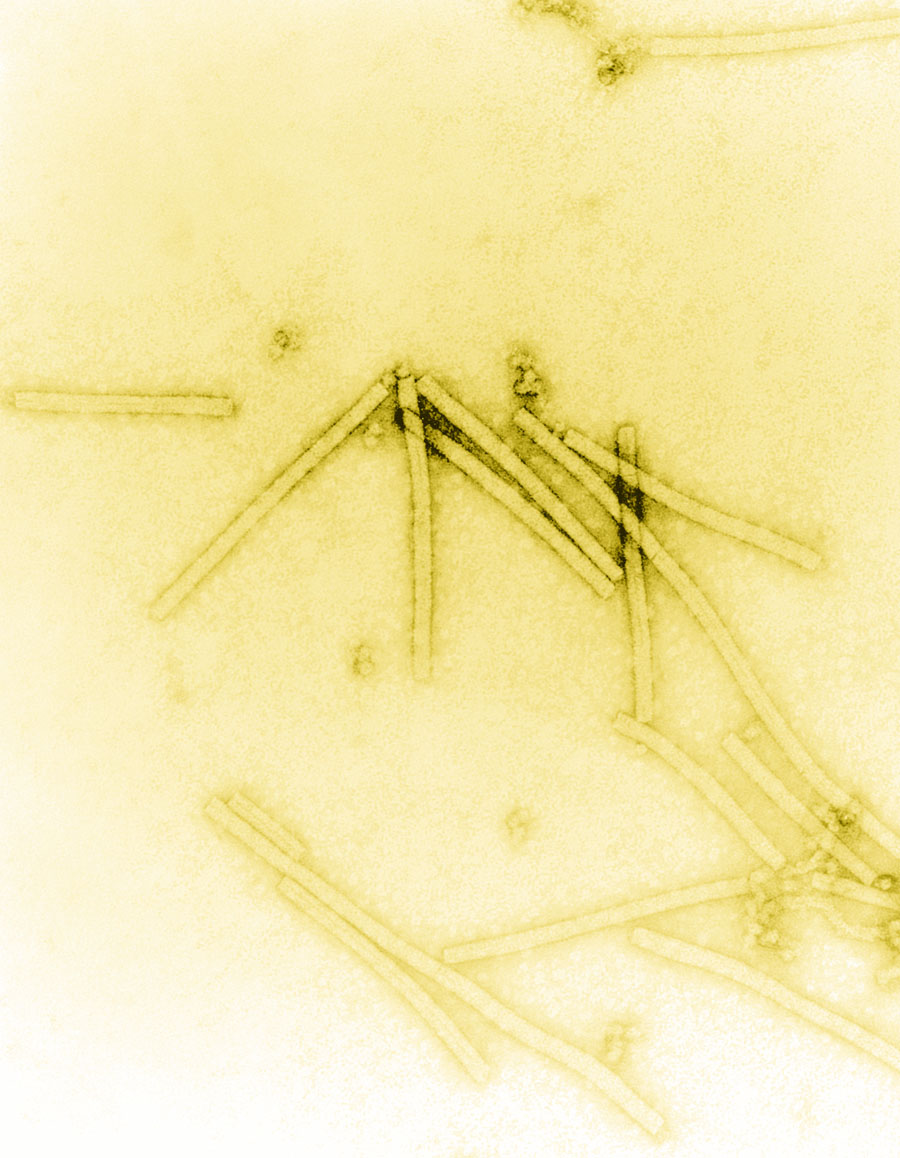5 facts about Rosalind Franklin, DNA pioneer
She helped discover DNA, got snubbed by her contemporaries, and kept right on going
1. Before DNA, she studied the holes in coal
Rosalind Franklin was born in the summer of 1920 in London into an affluent and educated family. From a young age, she showed exceptional talent and creativity that manifested in an early fascination with physics and chemistry. After college, she pursued a doctoral degree from Cambridge, and since this was during World War II, she worked on the porosity of coal for fuel purposes and other wartime devices. Her PhD thesis was titled, "The physical chemistry of solid organic colloids with special reference to coal."

After her PhD, she described herself while asking a friend about job openings as "a physical chemist who knows very little physical chemistry, but quite a lot about the holes in coal."
2. She captured photograph 51
You probably know that Watson and Crick published a paper in Nature in April 1953, proposing their model of DNA structure. You also know that they won the 1962 Nobel Prize for that paper. What you probably do not know is that in the same issue of Nature, there was a paper by Franklin and her doctoral trainee, Raymond Gosling. The paper was titled, "Molecular Configuration in Sodium Thymonucleate."
The paper provided experimental evidence that supported some of Watson and Crick’s purely hypothetical arguments. Specifically, the famous photograph 51 shows that DNA is in fact helical. In the conclusion of the paper she wrote, “Thus our general ideas are not inconsistent with the model proposed by Watson and Crick in the preceding communication.”
Prior to the publication of this paper, photograph 51 was shown to Crick without Franklin’s consent, which is still the topic of a debate over ethics and the Nobel Prize, which is more broadly controversial for rarely recognizing women. However, Franklin was given due credit in Photograph 51, a 2015 play about her life, which starred Nicole Kidman.
3. Franklin loved traveling and backpacking
Her love for science and discovery did not mean that she did not have hobbies. She traveled frequently to her favorite country, France, and backpacked through the French Alps.
She wrote to her mother in 1946,“I am quite sure I could wander happily in France forever. I love the people, the country and the food.” She also traveled to the US for work, where she had made many friends throughout the years.
4. After DNA, the discoveries continued with tobacco viruses
Franklin's colleagues at King's College were getting more and more hostile towards her, calling her "Rosy" and "Dark lady" behind her back. In 1953, One of Franklin's colleagues (and a Nobel laureate), Wilkins, wrote in a letter to Watson and Crick:
"I hope the smoke of witchcraft will soon be getting out of our eyes."
The growing sexism she faced drove Franklin out of King’s college, and she moved to Birkbeck College the same year. At Birkbeck, she distanced herself from DNA and started to work on another fascinating molecule, RNA, a molecule that carries genetic information and just like DNA, is vital to life.

An electron micrograph of TMV
She used X-ray crystallography (a method to look at the shape of very small things like viruses) to explore the structure of the Tobacco Mosaic virus (TMV), an RNA virus that infects tobacco plants. Just a few years into this new arena of research, her team put together a clear model of TMV. Their model suggested that TMV is a barrel-shaped virus made up of proteins, with RNA molecules wrapped in the donut hole like a coiled rope. This work has since been extended to several other viruses, and has been fundamental to our understanding of viruses and RNA.
5. She worked until the last breath
In 1956, Franklin was diagnosed with ovarian cancer and started chemotherapy. But nothing could stop DNA’s Dark Lady and her love for science. She published seven scientific papers in 1956, and went on to publish six more in 1957, all while she was undergoing chemotherapy. This is how the crystallography pioneer John D. Bernal described Franklin’s final months: "Her devotion to research showed itself at its finest in the last months of her life. Although stricken with an illness, which she knew would be fatal, she continued to work right up to the end.”
Franklin succumbed to cancer in April 1958, but her legacy continues to this day. Photograph 51 is in almost every biology textbook around the world. Perhaps she was not appreciated in her time, but the future won't forget her.